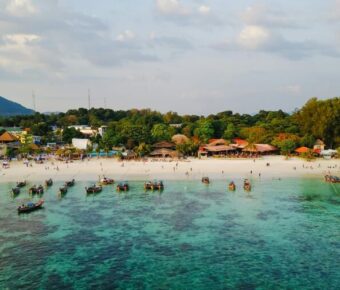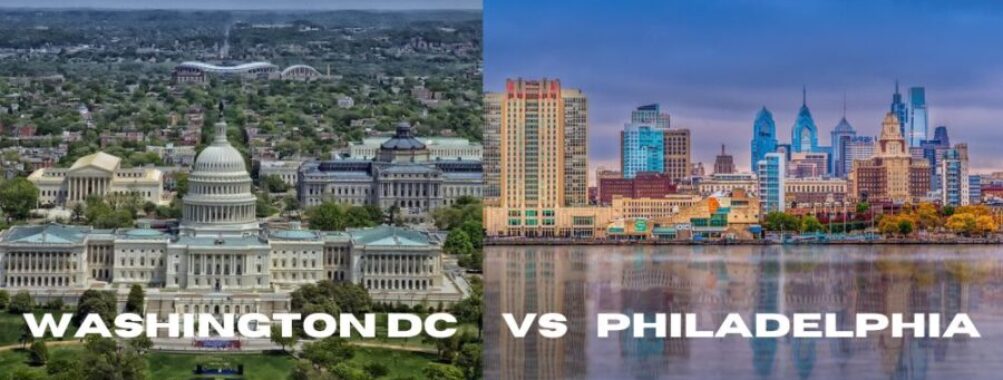
Washington DC vs Philadelphia: A Battle of Historic Capitals – Which City Reigns Supreme in 2025?
Washington DC and Philadelphia stand tall as two iconic East Coast cities steeped in American history. Both destinations draw visitors with their remarkable landmarks, vibrant culture, and urban experiences. They each offer unique advantages for tourists and residents alike.
In Philadelphia, housing costs run about 68% lower than in Washington DC, making it a more budget-friendly choice for people looking to relocate to a major East Coast city. The City of Brotherly Love balances this advantage with a slightly longer average commute time – about 3 minutes more than DC residents face each day.
Each city presents distinct career paths and lifestyle options. DC’s economy revolves around government, tourism, and services, while Philadelphia thrives on healthcare and education. The cities share similar safety profiles – both have safe, desirable neighborhoods alongside areas that need more attention.
Table of Contents
- Geographical and Historical Overview
- Capital Influence and Independence Hall
- Georgetown and Philadelphia’s Old City
- Demographics and Culture
- Population and Diversity
- Cultural Institutions and Religion
- Economic Landscape
- Employment Opportunities and Rates
- Median Income and Living Expenses
- Living Costs and Economics
- Housing Costs and Real Estate
- Taxes and Living Expenses
- Educational Landscape
- Universities and Research
- Primary and Secondary Education Quality
- Health and Well-being
- Healthcare Systems Comparison
- Fitness and Outdoor Activities
- Lifestyle and Leisure
- Food Scene and Culinary Delights
- Nightlife and Entertainment
- Shopping and Local Markets
- Transportation and Commute
- Public Transportation Networks
- Commute Time and Traffic Analysis
- Safety and Security
- Crime Rates and Law Enforcement
- Neighborhood Safety Reviews
- Frequently Asked Questions
- What are the key differences in cost of living between Washington, DC and Philadelphia?
- In terms of crime rates, how do Philadelphia and Washington, DC compare?
- When considering a move, what are the primary contrasts between living in Washington, DC and Philadelphia?
- Between Washington, DC and Philadelphia, which offers a richer historical and cultural experience for visitors?
- What factors contribute to the difference in size and population density between Philadelphia and Washington, DC?
- How have the relative benefits for travel and tourism shifted between Philadelphia and Washington, DC over the years?
- Book Your Dream Experience
- More Travel Guides
Geographical and Historical Overview
These two historic East Coast cities showcase America’s revolutionary roots through their iconic landmarks and distinct architectural heritage. Each city reflects its unique role in shaping the nation’s identity.
Capital Influence and Independence Hall
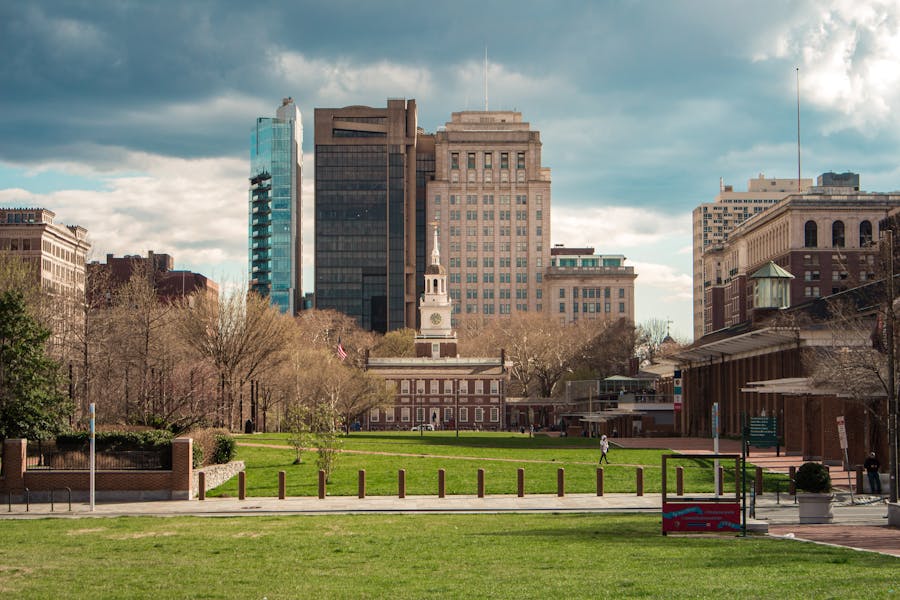
Philadelphia played a crucial role as America’s first capital from 1776 to 1800. Independence Hall stands as the birthplace of both the Declaration of Independence and U.S. Constitution, making it the heart of American democracy.
The Liberty Bell, housed nearby, draws millions of visitors yearly. Its famous crack and inscription make it a powerful symbol of freedom and justice.
Washington DC took over as the permanent capital in 1800. The city was designed from scratch by Pierre Charles L’Enfant, featuring wide boulevards and a carefully planned layout that reflects its purpose as a seat of government.
Georgetown and Philadelphia’s Old City
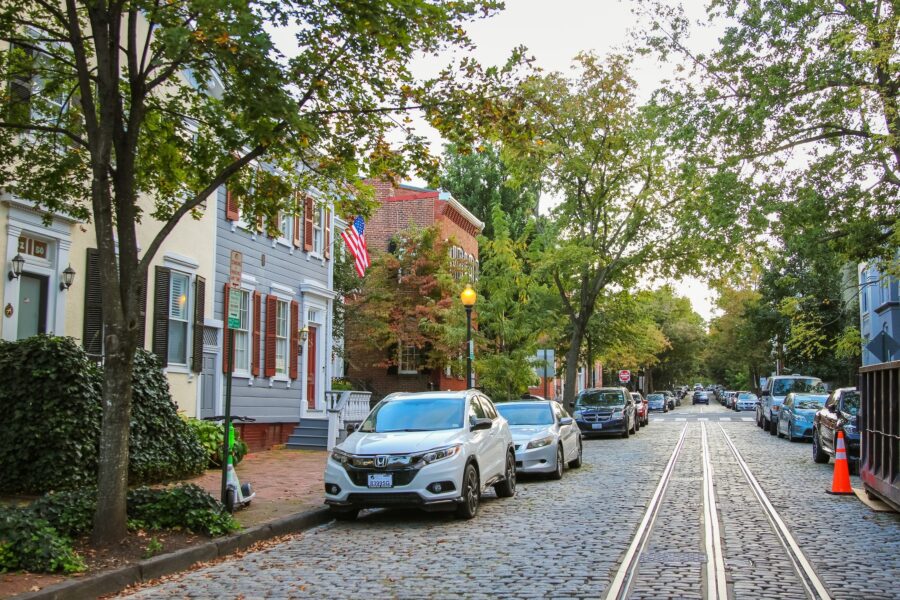
Georgetown’s cobblestone streets and Federal-style architecture transport visitors to the 18th century. The area began as a busy port town before becoming part of DC, and its historic row houses now house trendy shops and restaurants.
Philadelphia’s Old City matches Georgetown’s charm with its own colonial character. The narrow streets between 2nd and Front Streets feature some of America’s oldest buildings.
Both neighborhoods show off their cities’ earliest days through preserved architecture and historic sites. Local guided tours help bring these stories to life.
These districts maintain active nightlife scenes while preserving their historic atmosphere. Restaurants and boutiques occupy centuries-old buildings, creating a unique blend of past and present.
Demographics and Culture
Washington DC and Philadelphia show distinct differences in their population makeup and cultural identities. Both cities offer rich cultural scenes filled with museums, historical sites, and diverse religious communities.
Population and Diversity
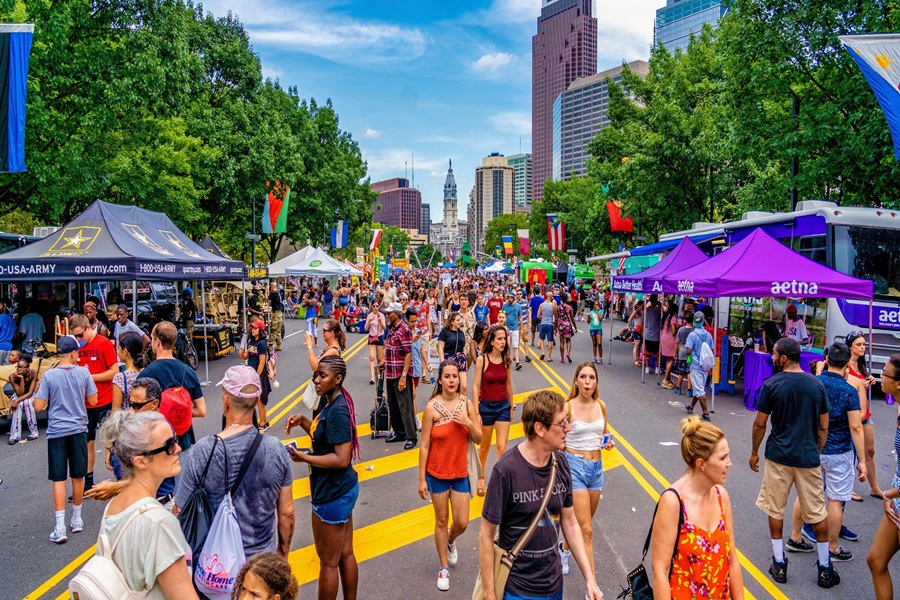
Philadelphia has a larger population than DC, with about 1.6 million residents compared to DC’s roughly 670,000. The City of Brotherly Love spreads its population across a bigger area, making it less densely packed than the nation’s capital.
DC attracts a mix of government workers, diplomats, and international professionals. This creates a unique blend of cultures from around the world.
Philadelphia’s neighborhoods reflect strong ethnic roots, with large Italian, Irish, and African American communities. Many residents have deep family ties going back generations in the city.
Cultural Institutions and Religion
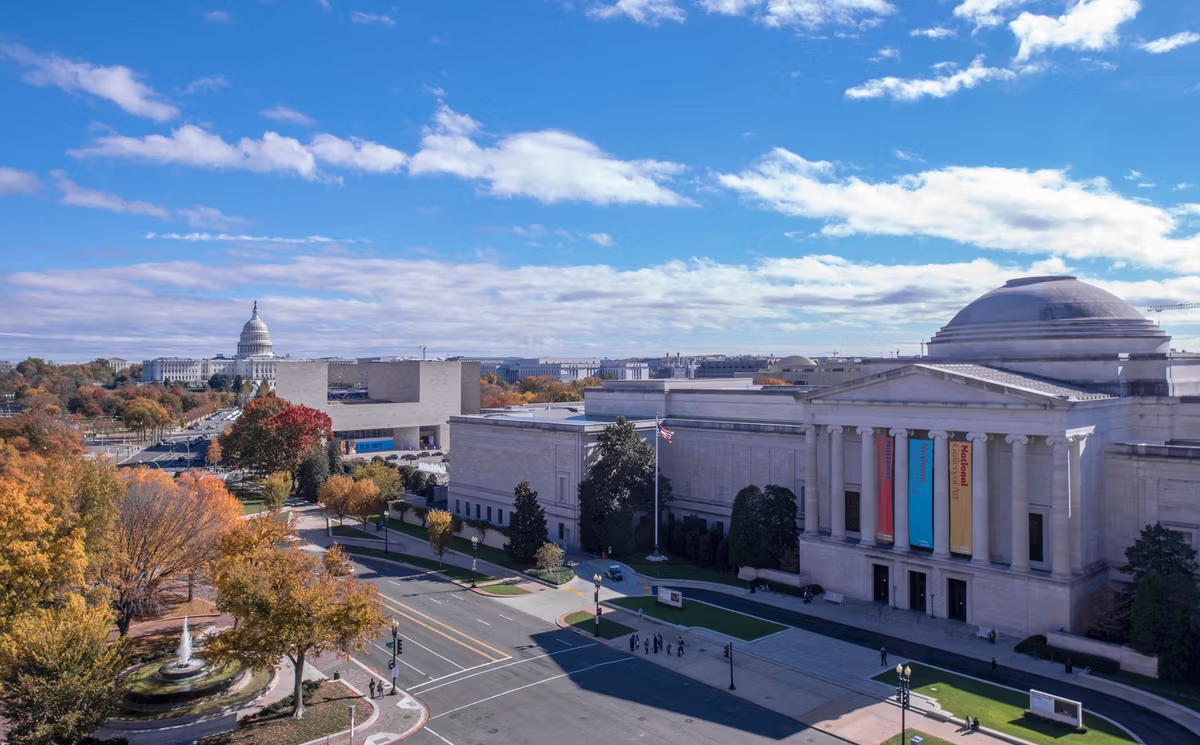
Both cities shine as major cultural centers. DC’s Smithsonian museums, like the National Gallery of Art and Air & Space Museum, offer free admission to visitors.
Philadelphia houses world-class venues like the Philadelphia Museum of Art and the Barnes Foundation. The city’s music scene includes the renowned Philadelphia Orchestra.
Religious life thrives in both cities. Philadelphia features historic churches like Christ Church and Mother Bethel AME. DC’s National Cathedral stands as a symbol of faith and architecture.
Local traditions shape each city’s identity. Philadelphia takes pride in its mural arts program and folk festivals. DC celebrates its jazz heritage and diverse international cultural events.
Economic Landscape
Washington DC and Philadelphia show major differences in their economic makeup and financial opportunities. The federal government powers DC’s economy while Philadelphia relies more on healthcare and education.
Employment Opportunities and Rates
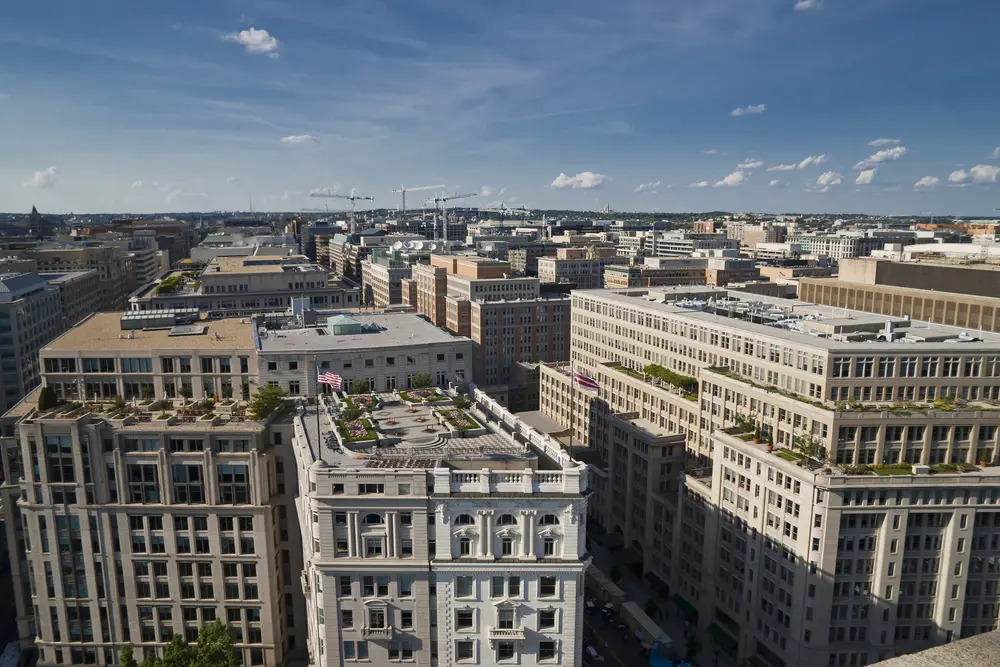
The unemployment situation varies significantly between these cities. DC maintains a 7.0% unemployment rate compared to Philadelphia’s higher 10.6% rate. Each city specializes in different job sectors.
DC’s job market centers on government positions, tech companies, and law firms. Many federal agencies and contractors create stable employment options.
Philadelphia’s strongest employment sectors are healthcare and education. Major hospitals and universities serve as the city’s biggest employers. The manufacturing industry also provides many jobs.
Median Income and Living Expenses
The income gap between these cities is substantial. DC households earn 78% more than Philadelphia households. DC’s income levels sit 26% above the national average, while Philadelphia’s fall 31% below it.
Living costs reflect this income difference. Philadelphia’s cost of living runs 21.2% lower than DC’s. A $60,000 salary in DC equals about $47,290 in Philadelphia.
Employers in Philadelphia pay about 5% less than DC employers for similar positions. This matches the overall pattern of lower wages but also lower expenses in Philadelphia.
Rent and housing prices follow this trend. Your money stretches further in Philadelphia, though you’ll likely earn less there than in DC.
Living Costs and Economics
Life in both cities brings distinct financial considerations. Philadelphia offers more affordable housing and daily expenses, while DC commands higher costs alongside higher average salaries.
Housing Costs and Real Estate
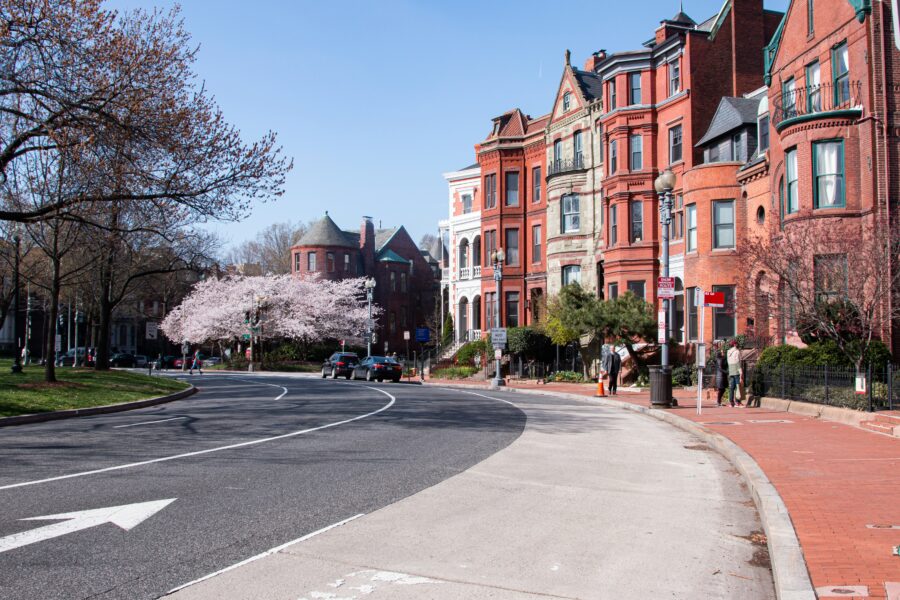
The rental market shows big differences between these cities. A furnished 900-square-foot apartment in a nice DC area costs around $4,800 monthly. Similar units in Philadelphia run about $3,800 – a significant savings.
DC’s housing prices rank among the highest in the nation. Many young professionals choose to live with roommates or in surrounding areas like Arlington to manage costs.
Philadelphia’s housing market remains more accessible. First-time buyers often find better deals, especially in up-and-coming neighborhoods like Fishtown or Graduate Hospital.
Taxes and Living Expenses
DC residents face a higher cost burden across most categories. A salary of $8,800 in DC equals about $7,000 in Philadelphia for the same lifestyle.
Groceries and everyday items cost 10-15% more in DC. Transportation costs also run higher, though both cities offer good public transit options.
Philadelphia’s 3.8% city wage tax impacts take-home pay. Still, the lower living costs mean paychecks stretch further than in DC.
Entertainment and dining show price gaps too. A nice dinner out or sports tickets typically cost 20-30% more in the capital city.
Educational Landscape
Both cities have distinct educational systems with notable differences in spending, classroom sizes, and academic opportunities. The nation’s capital invests more per student while Philadelphia faces unique urban education challenges.
Universities and Research

Philadelphia holds a strong reputation as a major higher education hub. The city hosts the prestigious University of Pennsylvania, an Ivy League institution, along with Temple University, Drexel University, and many other colleges that bring over 100,000 students to the region.
Washington DC’s university scene centers around Georgetown University, George Washington University, and Howard University. These schools draw students interested in politics, international relations, and public policy – fields that match DC’s role as the capital.
Research strengths differ between the cities. Philadelphia excels in medicine, engineering, and business studies. DC universities focus more on government policy, law, and international affairs research.
Primary and Secondary Education Quality
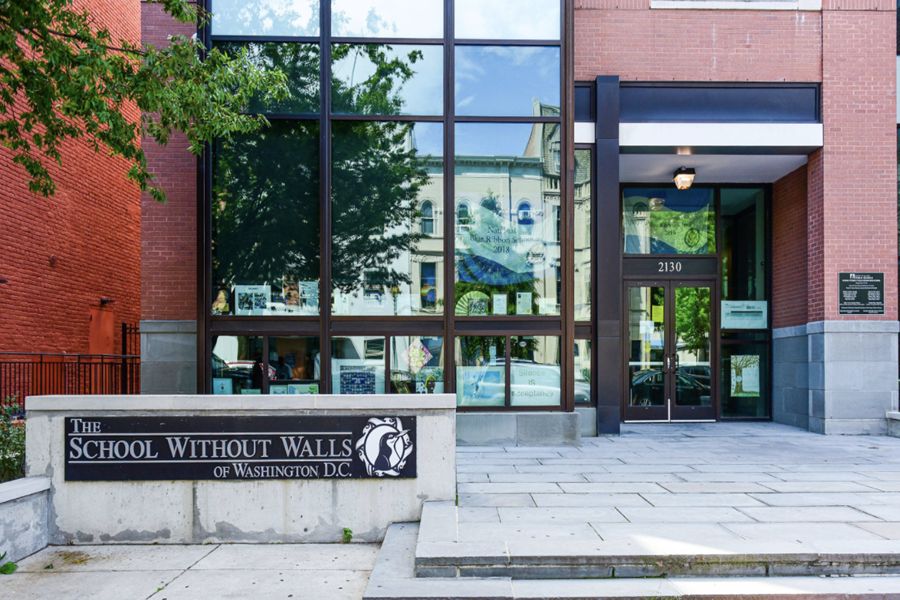
DC public schools spend about 9% more per student than Philadelphia schools. This leads to smaller class sizes, with DC having a student-teacher ratio 26% lower than Philadelphia.
The capital’s school system has made big improvements in recent years. Top-rated magnet and charter schools give DC families more choices. Some popular options include School Without Walls and Benjamin Banneker Academic High School.
Philadelphia’s school district faces more challenges with tighter budgets and aging buildings. Still, the city has strong magnet schools like Central High School and Julia R. Masterman Laboratory and Demonstration School.
Both cities run special programs for gifted students and offer career-focused education tracks. DC puts extra focus on government and public service programs, while Philadelphia emphasizes healthcare and technical training paths.
Health and Well-being
Both Philadelphia and Washington DC offer strong healthcare systems and numerous opportunities to stay active and healthy. The cities differ in their medical resources and outdoor recreation options.
Healthcare Systems Comparison
Washington DC has more doctors per person than Philadelphia, with 410 physicians per 100,000 residents compared to Philadelphia’s 243. This means shorter wait times for medical appointments in DC.
Public healthcare is more affordable and accessible in DC. The city’s health insurance programs provide better coverage for the average resident.
The drinking water quality scores reveal DC at 6.6 and Philadelphia at 7.27 out of 10. Both cities maintain safe drinking water standards, though Philadelphia edges ahead slightly.
Fitness and Outdoor Activities
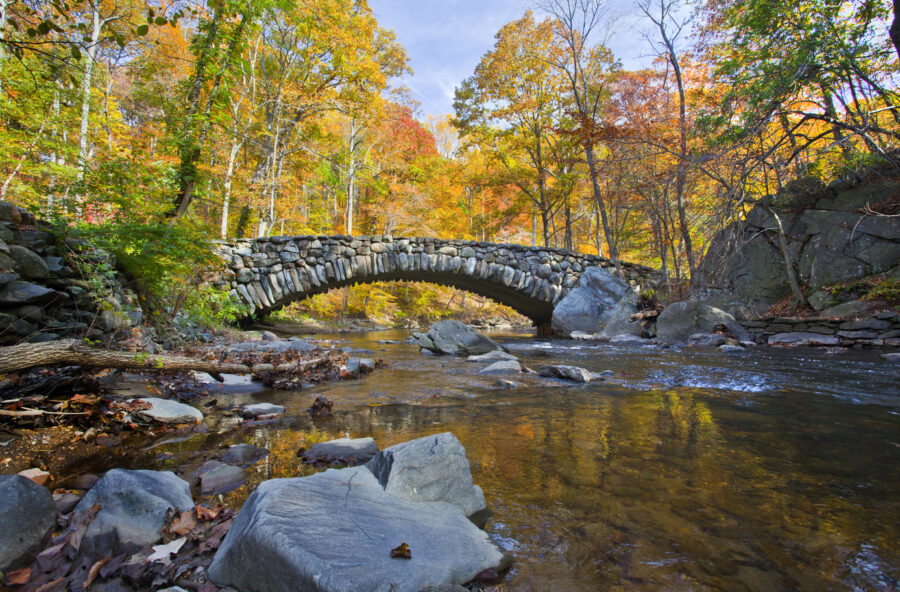
Rock Creek Park in DC offers 32 miles of hiking trails and dedicated fitness stations. The park’s paved paths are perfect for running, cycling, and walking.
Philadelphia’s Fairmount Park system spans over 2,000 acres and features miles of trails along the Schuylkill River. The park hosts numerous running groups and outdoor fitness classes.
Both cities have extensive bike-share programs. DC’s Capital Bikeshare and Philadelphia’s Indego make it easy to stay active while commuting or exploring.
Local community centers in both cities provide affordable fitness classes and indoor workout spaces, especially valuable during harsh weather conditions.
Lifestyle and Leisure
Both DC and Philadelphia offer rich cultural scenes, but each city brings its own unique flavor to entertainment, dining, and shopping experiences. The lifestyle options range from high-end to laid-back, giving residents plenty of ways to spend their free time.
Food Scene and Culinary Delights
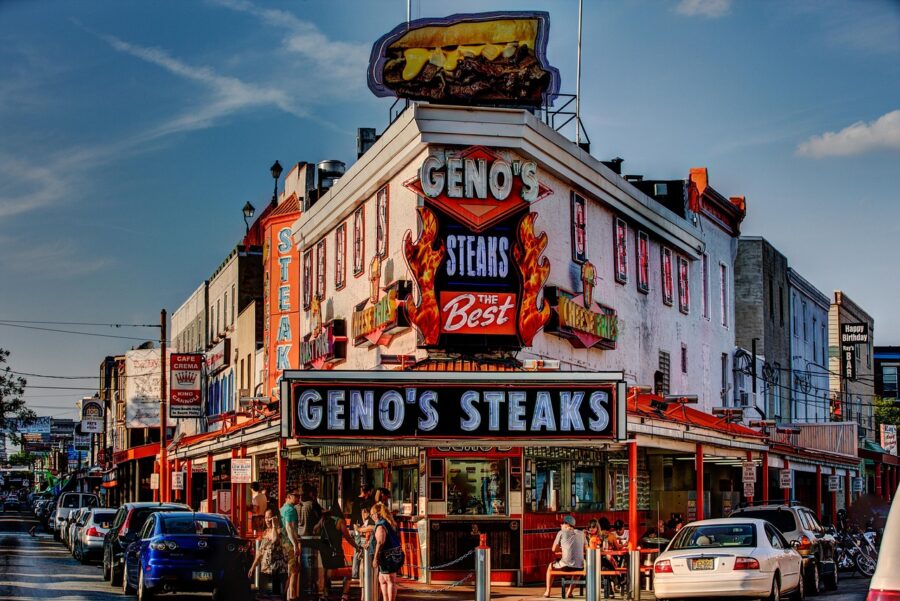
DC’s food scene sparkles with Michelin-starred restaurants and diverse international cuisine. The city’s power lunch spots in downtown and Georgetown cater to politicians and professionals. Local favorites include the vibrant food halls at Union Market and Eastern Market.
Philadelphia’s food culture centers around its famous cheesesteaks and hoagies, but there’s much more to discover. The Reading Terminal Market stands out as America’s oldest continuously running farmers’ market, packed with 80+ local vendors serving everything from Pennsylvania Dutch specialties to fresh seafood.
Both cities embrace food truck culture, with DC focusing on international fusion and Philly highlighting classic street food with a twist.
Nightlife and Entertainment
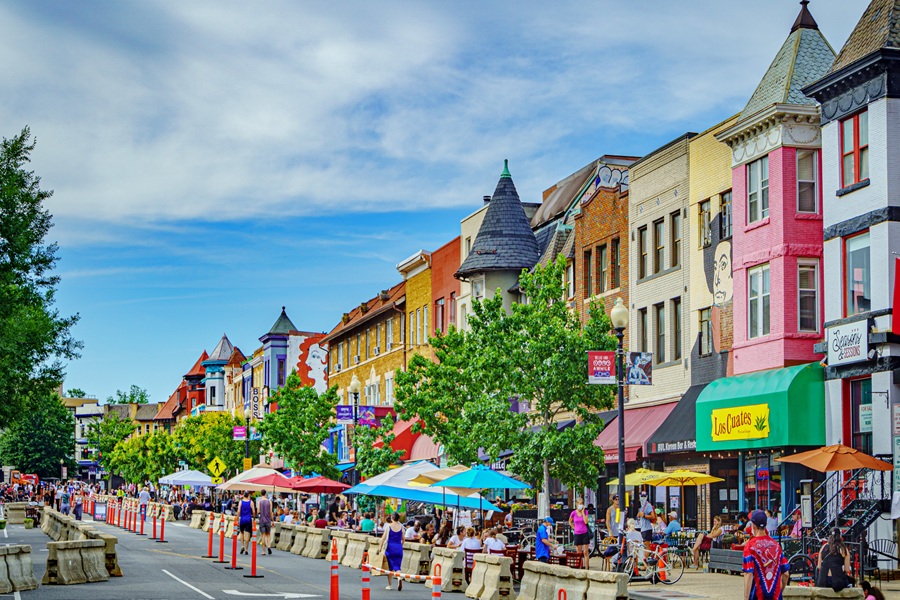
DC’s nightlife clusters around neighborhoods like U Street and Adams Morgan. The Kennedy Center hosts world-class performances, while smaller venues like the 9:30 Club attract top musical acts.
Philadelphia’s nightlife feels more relaxed and spread out. South Street buzzes with energy on weekends. Old City’s historic buildings house cozy bars and live music venues.
Theater options in DC tend to be more expensive, while Philadelphia’s theater district offers similar quality at lower prices. Both cities feature regular free outdoor concerts and movies during summer months.
Shopping and Local Markets
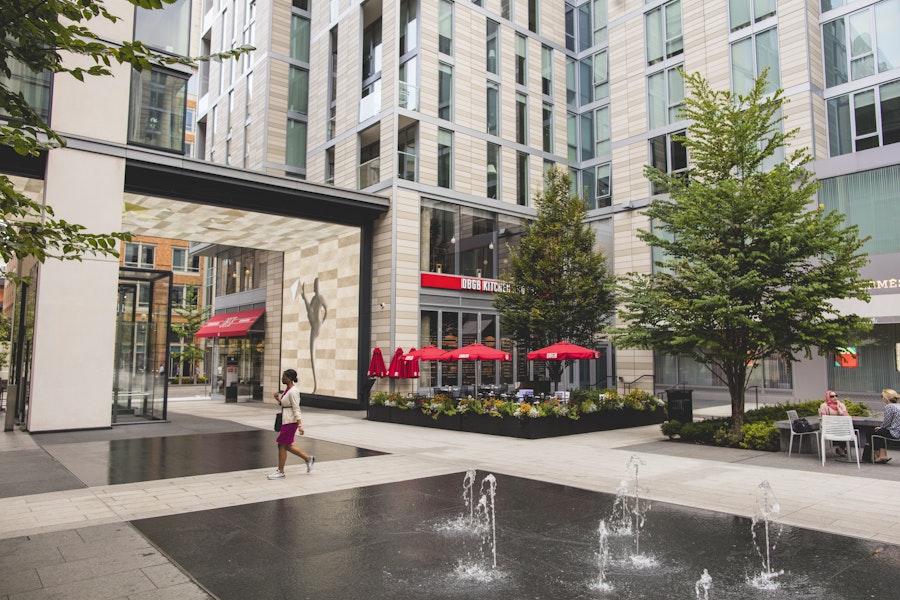
DC’s shopping areas include the upscale CityCenterDC and boutique-filled Georgetown. The city has more high-end retail options but comes with steeper price tags.
Philadelphia shines with its mix of indie boutiques and major retailers. Rittenhouse Square features designer shops, while South Street specializes in quirky, alternative stores.
Italian Market in South Philly offers fresh produce, meats, and authentic Italian goods at reasonable prices. Both cities have weekend farmers’ markets, with DC’s Eastern Market and Philly’s Clark Park drawing large crowds.
Transportation and Commute
Both Philadelphia and Washington DC offer robust transportation networks, with DC’s system being more extensive. The cities differ in commute times, with Philadelphia residents spending slightly more time getting to work.
Public Transportation Networks
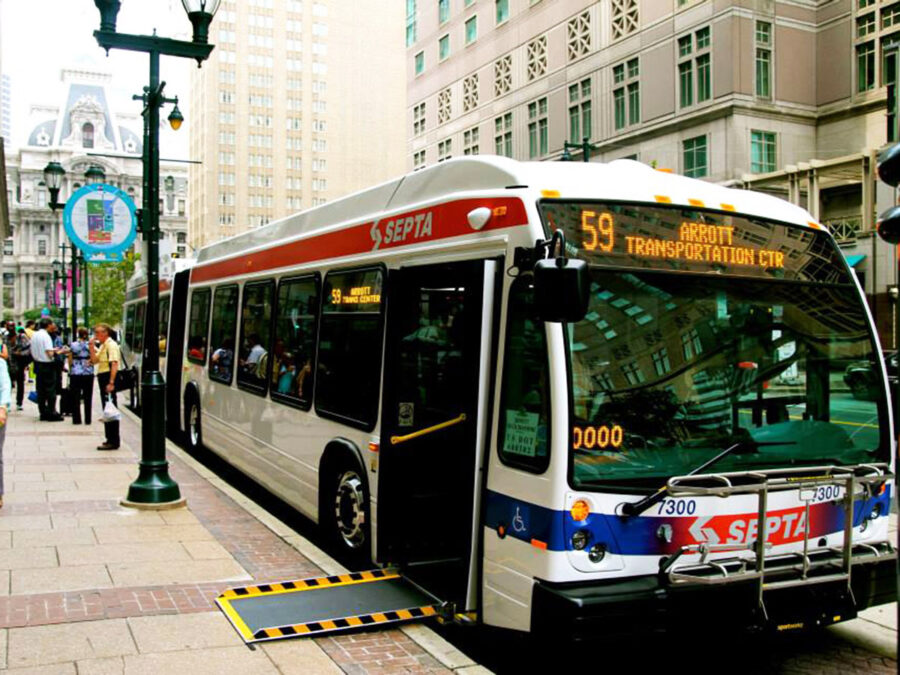
Washington DC’s metro system stands out as one of the most comprehensive in the US. The city’s subway covers most neighborhoods and connects smoothly to nearby areas in Virginia and Maryland. The system includes 6 color-coded lines that make navigation simple.
Philadelphia’s SEPTA network combines buses, trolleys, and rail lines to serve the city well. The Market-Frankford Line and Broad Street Line form the backbone of Philly’s subway system. These main routes connect with regional rail lines that reach into the suburbs.
Commute Time and Traffic Analysis
DC residents enjoy shorter commute times than their Philadelphia counterparts. The average Philadelphia commute takes about 3 minutes longer than in DC.
More DC residents work from home compared to Philadelphia. Nearly 46% more DC workers choose remote work options.
Rush hour traffic can be intense in both cities. DC faces heavy congestion on I-495 (the Beltway) and I-395. Philadelphia sees major backups on I-76 and I-95, especially during peak hours.
Both cities offer good walking options in their downtown areas. DC rates slightly higher for walkability, with more pedestrian-friendly neighborhoods throughout the city.
Safety and Security
Washington DC and Philadelphia face distinct challenges with crime and public safety, with each city showing different patterns in violent crime rates and neighborhood security levels.
Crime Rates and Law Enforcement
Most crime categories have higher rates in DC than in Philadelphia. The violent crime index in DC sits at 56.2 compared to Philadelphia’s 50.8, both well above the national average of 22.7. Property crime shows an even bigger gap, with DC at 63.9 versus Philadelphia’s 46.6.
Police presence varies between neighborhoods in both cities. The Metropolitan Police Department in DC maintains visible patrols in tourist areas and government zones. Meanwhile, the Philadelphia Police Department focuses resources on high-crime districts while working to build community relations.
Neighborhood Safety Reviews
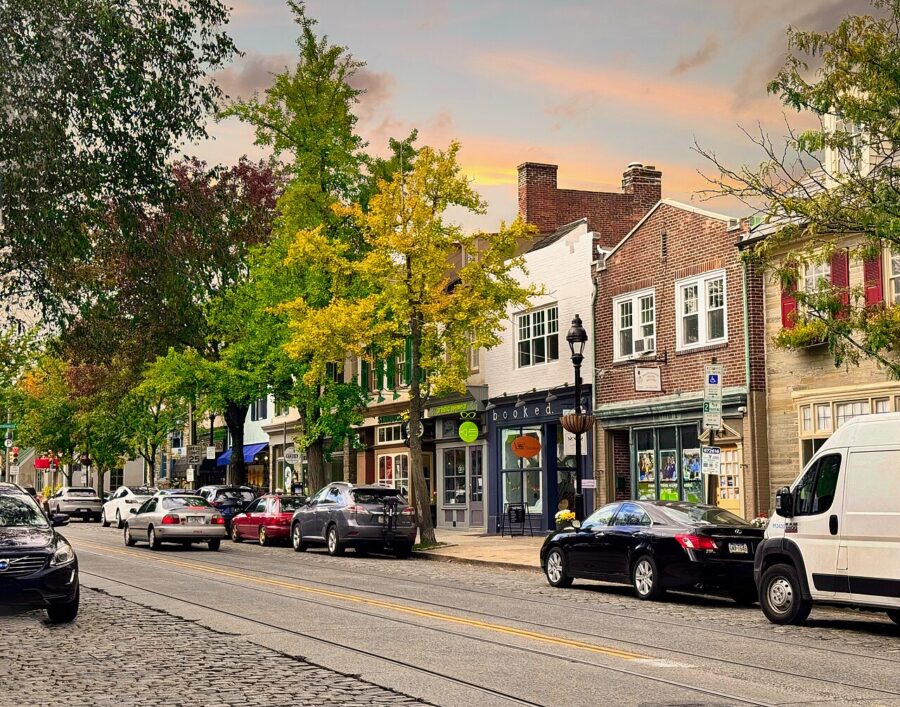
Walking safety scores reveal key differences between the cities. DC ranks higher for daytime walking safety at 64.5 out of 100, while Philadelphia scores 57.4. Night safety remains a concern in both cities – DC rates 35.6 and Philadelphia 28.8.
Safe neighborhoods in DC include Georgetown, Woodley Park, and Capitol Hill. These areas see lower crime rates and good street lighting.
Philadelphia’s safer areas include Chestnut Hill, Society Hill, and parts of Center City. These neighborhoods benefit from active community watch programs and regular police patrols.
Both cities have areas to avoid after dark. Tourists should research their accommodation locations and stay alert in unfamiliar zones.
Frequently Asked Questions
Living costs, crime rates, and cultural experiences shape the key differences between Washington, DC and Philadelphia. These two historic East Coast cities offer unique advantages for residents and visitors alike.
What are the key differences in cost of living between Washington, DC and Philadelphia?
Living in Washington, DC costs about 27% more than Philadelphia. Housing makes the biggest difference, with DC prices running 68% higher than Philly.
A person needs to earn around $76,000 in DC to maintain the same lifestyle they have in Philadelphia. DC employers tend to pay about 5% more in wages compared to Philadelphia companies.
Groceries, transportation, and entertainment also cost more in DC than in Philadelphia.
In terms of crime rates, how do Philadelphia and Washington, DC compare?
Both cities face typical urban crime challenges. Philadelphia struggles more with violent crime in certain neighborhoods, while DC sees more property crimes.
Crime rates vary widely by neighborhood in both cities. Many suburban areas around both cities report lower crime rates than their urban cores.
When considering a move, what are the primary contrasts between living in Washington, DC and Philadelphia?
DC offers more government and tech jobs, while Philadelphia excels in healthcare and education positions.
Philadelphia provides more affordable housing options and a slower-paced lifestyle. On the other hand, DC attracts young professionals with its fast-paced environment and political energy.
The cities differ in their commute times, with Philadelphia residents spending about 3 minutes longer getting to work.
Between Washington, DC and Philadelphia, which offers a richer historical and cultural experience for visitors?
Philadelphia shines with Revolutionary War sites like Independence Hall and the Liberty Bell. Meanwhile, DC features iconic national monuments and free Smithsonian museums.
Each city maintains distinct cultural identities. Philadelphia embraces its working-class roots and Italian influence, while DC reflects a more international atmosphere.
What factors contribute to the difference in size and population density between Philadelphia and Washington, DC?
Philadelphia covers more land area and has a larger population. Its industrial past led to wider expansion and denser neighborhoods.
DC’s growth faces limits due to strict building height restrictions and its unique status as a federal district.
How have the relative benefits for travel and tourism shifted between Philadelphia and Washington, DC over the years?
DC’s role as the nation’s capital and its world-class museums attract more international tourists.
Philadelphia has grown as a food destination, with its restaurant scene gaining national attention. The city’s more affordable hotels and activities appeal to budget-conscious travelers.
Tourism numbers peak during cherry blossom season in DC, while Philadelphia sees its highest visitor counts in summer months.


